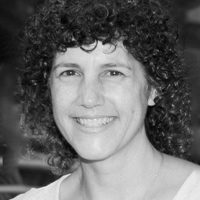Michelle Lange: Today, we will be talking about tablet applications and how we can apply these with our clients. Tablets are a hot item right now. If you want to sell something, all you have to do is raffle off a tablet. Tablets are being used more and more for clients who have physical, verbal, sensory, or cognitive limitations. Applications can help increase our clients’ participation in whatever their activities are. They can be used to meet educational goals, provide communication, provide recreation, and increase independence. Some of these can even be used to control things within the home environment. There are new apps that are coming out all the time. There are so many apps available, it is hard to figure out which ones will meet our clients’ needs. Part of the purpose of this course today is to help us all figure out how we find apps that are going to match our particular clients’ needs within this myriad of options.
Clinical Role
As clinicians, we need to use a variety of tools to improve independence and participation for our clients. Apps are only one of those tools. As fun as these are, it is easy for people to focus only the tablet or the app as the goal. It is important to keep in mind what our goals are with a particular client and remember that assistive technology can be one of the tools in our toolbox.
